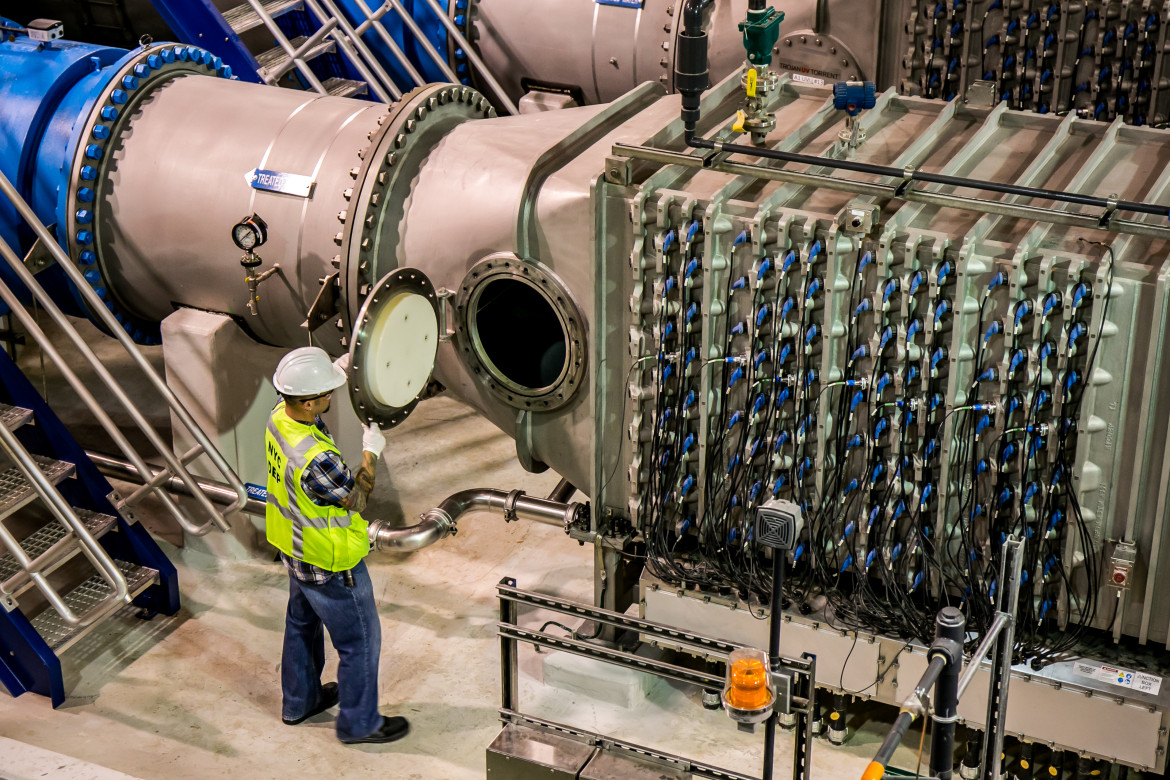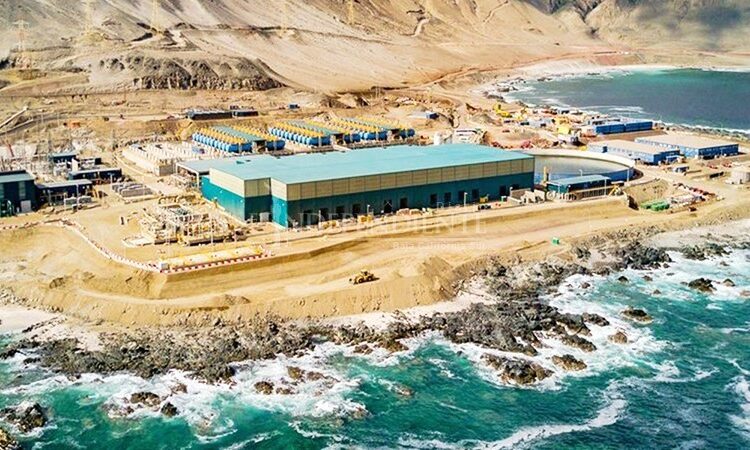The importance of efficient backwashing in filtration systems highlights the need for proper management to maintain the efficiency and longevity of the filtering medium. A careful selection of zeolites, such as Zeomedia 14-40, plays a fundamental role in this process. Calculation of backwash speed. Calculating backwash speed in filters with Zeomedia 14.40
Zeomedia 14-40, thanks to its lower specific weight and outstanding textural properties, is essential for achieving effective backwashing. This allows for deep cleaning with lower consumption of energy and water. The backwash speed is a critical factor that must be accurately calculated to remove sediments effectively without damaging the filtering medium.
Adopting this technical strategy not only improves performance in industrial and environmental applications but also ensures the long-term effectiveness of filtration systems.
II. Study Objective
Develop a detailed methodology for calculating the optimal backwash speed in filtration systems using the Zeomedia 14-40 filtering medium. This calculation will focus on ensuring efficient cleaning of the filtering medium, maximizing the effectiveness of the backwash, and ensuring optimal and long-lasting performance of the filtration system.
III. Description of the Filtration and Backwashing System
Conventional pressurized filtration systems are detailed in Figure 1

IV. Backwash speed calculation description
The calculation of the backwash flow is approached by applying the fundamental equation that relates the area of the filter medium to the backwash speed. This equation is expressed as:

This relationship precisely establishes the amount of water necessary to carry out the backwash depending on the area of the filter media and the desired speed. In practice, the proper choice of and is essential to optimize process efficiency.

Figure 2 Graphical Comparison of Backwash Speeds between Zeomedia 14-40 and Silica Sand 20-30 (Figure 2)
In the attached Figure 2, a graph is presented that compares the backwash speeds between Zeomedia 14-40 and silica sand. The visual representation highlights the significant variations in the backwash profiles between the two filtering media.
This graphical analysis facilitates the identification of distinctive behaviors and serves as a valuable tool in decision-making for the selection and optimal adjustment of the backwash flow rate in filtration systems, supporting efficiency and effective management of the process with almost a 30% savings in water when using zeolite.
Dr. Jair Rangel Sepúlveda
Also attached is Table 1 which shows the different backwash flow rates for the conventional filter sizes used in the filtration system.

In the attached Figure 2, a graph is presented that compares the backwash velocities between Zeomedia 14-40 and silica sand. The visual representation emphasizes the significant variations in the backwash profiles of both filtering media.
This graphic analysis eases the identification of distinctive behaviors and serves as a valuable tool for decision-making in the selection and optimal adjustment of the backwash flow rate in filtration systems, supporting the efficiency and effective management of the process with almost a 30% water saving when using zeolite.
Likewise, Table 1 is attached, which shows the different backwash flow rates for the sizes of conventional filters used in the filtration system.
V. Issues with Inefficient Backwashing
Inefficient backwashing in a filtration system can lead to various problems that affect the efficacy and lifespan of the filtering medium, as well as the overall performance of the system. Some of the most significant issues include:
- Reduction in Filtration Capacity:
The accumulation of sediments and particles in the filtering medium decreases its capacity to retain new impurities. This results in a gradual loss of filtration efficiency and lower clarity of the treated water. - Increase in Pressure Differential:
An inefficient backwash does not completely remove impurities, leading to an increase in the pressure differential across the system. This can result in a higher load on the pump and, therefore, increased energy consumption. - Premature Wear of the Filtering Medium:
The lack of proper cleaning during backwashing can shorten the lifespan of the filtering medium. Excessive particle load can cause clogging and compaction of the medium, reducing its retention capacity and increasing the need for replacement. - Low Quality of Treated Water:
An inefficient backwash does not completely remove impurities, which can result in the release of particles trapped during the normal filtration process. This affects the quality of the treated water and can have negative consequences in applications where high purity water is required. - Increase in Operation and Maintenance Costs:
The inefficiency of backwashing can increase operating costs due to higher energy consumption, premature wear of components, and the need for frequent replacement of the filtering medium. - Compromise of Structural Integrity:
The lack of effective cleaning during backwashing can compromise the structural integrity of the filtration system, affecting the durability of components and reducing long-term reliability.
Conclusions
In conclusion, the efficiency of backwashing in filtration systems is essential for preserving the functionality and optimal performance of the filtering medium, as well as for ensuring the quality of the treated water.
Inefficient backwashing leads to significant problems, ranging from reduced filtration capacity and increased pressure differential to premature wear of the filtering medium. These issues not only impact operational efficiency but also generate additional costs and compromise the structural integrity of the system.
The proper implementation of backwashing practices, supported by a careful selection of filtering mediums like Zeomedia 14-40 and an accurate calculation of the backwash velocity, is fundamental in mitigating these challenges and ensuring the longevity and sustained efficacy of filtration systems across various applications.
Proactive management of these aspects contributes to maintaining water quality, reducing operational costs, and promoting the long-term sustainability of treatment systems.




